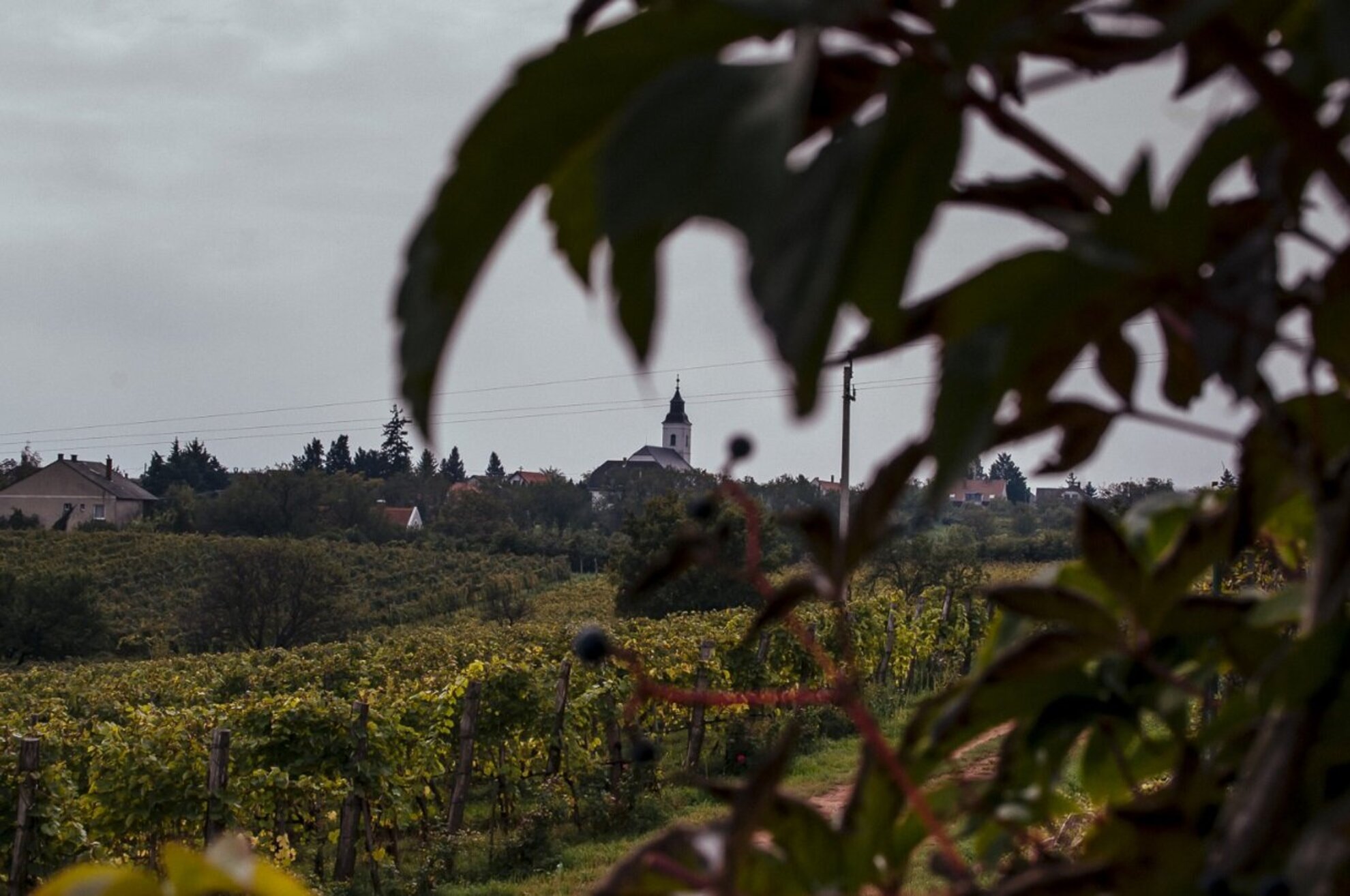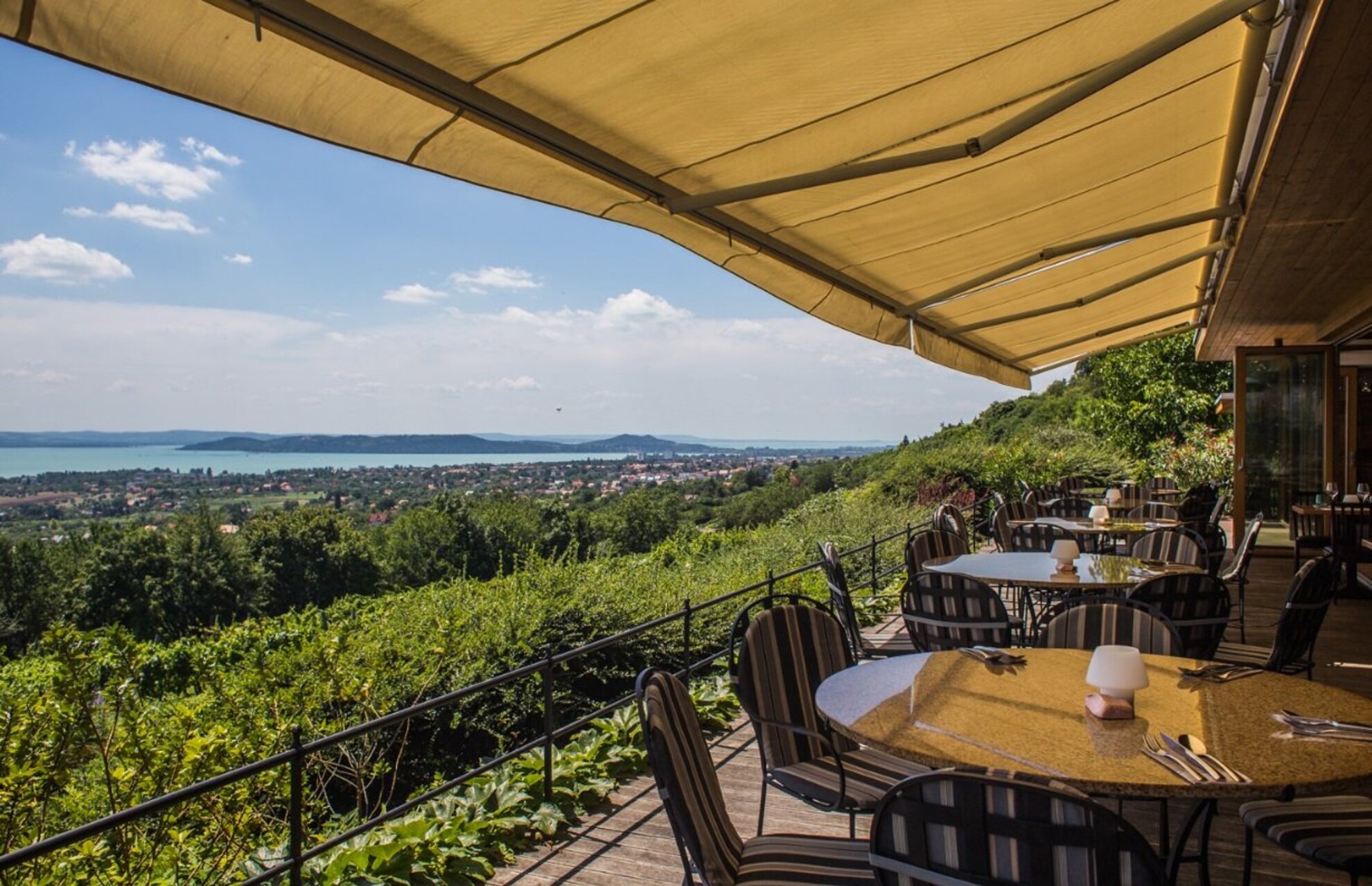Furmint has been flavour of the month for the Hungarian wine industry for quite a while now – here are a few tips on what to look out for.
A bit of history
Furmint once had an important status in Hungary even before the devastating phylloxera plague of the late 19th century: this was the most widespread variety in the Carpathian Basin. On Lake Balaton’s north shore, this is the wine of tradition.
Its importance faded when the vineyards were re-planted after phylloxera disappeared, and Olaszriesling came into the spotlight. Up until recently, Furmint could only be found at Somló in the Balaton region, where it is one of the main varieties.

The variety
Furmint is a very versatile variety, making it one of the top white grapes in the world. It’s a great base for sweet and dry wine, as well as for champagnes, not to mention its role in making Tokaji Aszú. Furmint doesn’t have an intense fragrance, instead it has acids, which has real value amid global warming. This makes it a perfect wine for maturing. Thanks to its relatively neutral character, Furmint nicely conveys the terroir’s unique attributes. The Furmints of Lake Balaton prefer to showcase the variety’s fruity aspect.
Furmint and Balaton
The largest number of Furmint vineyards on the north shore of Lake Balaton can be found at Csopak. The Jásdi, Szent Donát and Petrányi wineries regularly make wines just from Furmint. On the south shore, the Garamvári family turns the variety into champagne, while also pouring it into its own bottles of certain vintages.

The trail-blazers of Köveskál
The winery of Gyula Pálffy was among the first to plant Furmint on the Balaton Uplands in 2006. According to him, the variety’s allure is that it keeps its acids steady even when the climate gets warmer, unlike many other varieties. This wine can mature for a long time, which also makes it nice to work with. This winery pairs Furmint with Olaszriesling in its wines, even though these two varieties are often considered rivals – a situation which ended up lending its name to this particular wine. They only craft this special marriage when the vintage is especially good.
Fine bubbles
Another proof of the variety’s versatility is the fact that champagnes are also made from it. When the Pálffy first turned it into bubbles in 2013, it immediately was regarded by professionals as one of the best of its kind in Hungary . The Furmint-based champagne of Kreinbacher won various international awards, attesting to the variety’s strengths.





